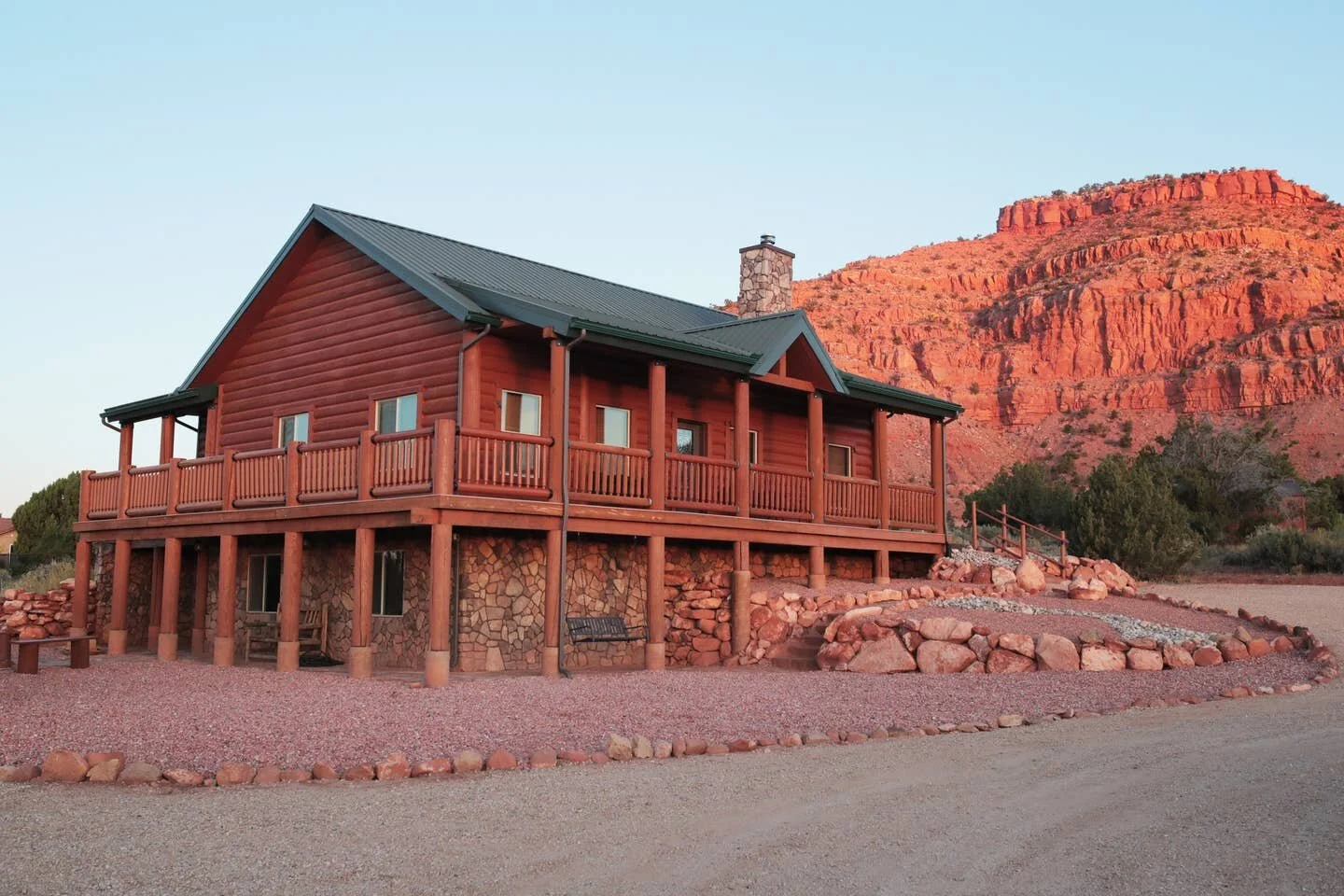By Ethan Maurice | December 1st, 2015
We'd been walking for three weeks. Over mountain passes, through streams, and across vast tundra, only rocks and dirt in sight, too high up for plants to grow.
Well over 200 miles into our journey we saw it—Mount Whitney—triumphantly jutting skyward up to 14,505ft in elevation. The highest point in the contiguous United States and ultimate goal of our trek. Upon coming into view, we must have gaped at the site for twenty minutes. We were going to stand atop its summit.
Two days later, we found ourselves half a mile from the top.
The only problem: we were trudging through a foot and a half of snow. A freak August snowstorm continued to dump powder from above. Clothed in shorts, a t-shirt, and light rain jackets, we were freezing. My sister's legs were turning red.
Well beyond fearing for our lives, we recognized that, no matter the fact we had walked over 210 miles to get here, we had to turn around. With type 1 diabetes, should Haley's blood sugar go low, forcing us to stop, freezing to death was a real concern.
So we did the unthinkable... We quit half a mile from our goal.
It was the ultimate failure. We would go home to television interviews and hundreds of fans of our Summit Diabetes fundraiser for the Juvenile Diabetes Research Foundation, to tell them we didn't reach the summit. We didn't summit diabetes. We stared our goal in the face and did not reach it.
At the time it felt like the end of the world. We both cried as we descended the mountain, spirits broken by misfortune. Little did we know then, but three months later that misfortune would be leveraged to help us reach the one goal of our journey greater than standing atop Whitney.
Our trek impressed the Juvenile Diabetes Research Foundation. So much that they asked Haley (only sixteen at the time) to give their biggest speech of the year at the JDRF Gala three months later. Haley was no ordinary sixteen year old. While crafting the speech, she recognized the value of our failure to summit Whitney. Our greatest failure become the centerpiece of her speech, a metaphor for the current state of type 1 diabetes research itself.
Weeks later, Haley took the podium in front of 500 of JDRF's biggest supporters, sparking a standing ovation and more than $275,000 in research funding for JDRF.
Our greatest failure became our greatest success.
Realizing this begs a question: Can failure be a good thing?
We naturally fear failure, rejection, and coming up short. Failure is embarrassing. It hurts our pride and lowers our confidence. A single rejection can make one question their entire pursuit. If it doesn't work out, we often put our tails between our legs and cower back to safety.
However, failure is often the result of pushing boundaries, of reaching beyond where we easily and comfortably exist. Thus, to never fail would mean to never push one's limits—to never take chances or never even try, as trying itself implies a chance of failure.
So while failure means on a superficial level we did not succeed, it's also an indication that we're pushing our limits, expanding our abilities, and learning.
There's a silver lining to every failure to be found. A positive within every negative.
The secret to failing well lies in finding and benefiting from the positive within each failure. Whether it be gained understanding, opportunity, or a metaphor to build an important speech around, there's always a way to leverage our failures into benefit or success.
Have you been failing enough lately?




